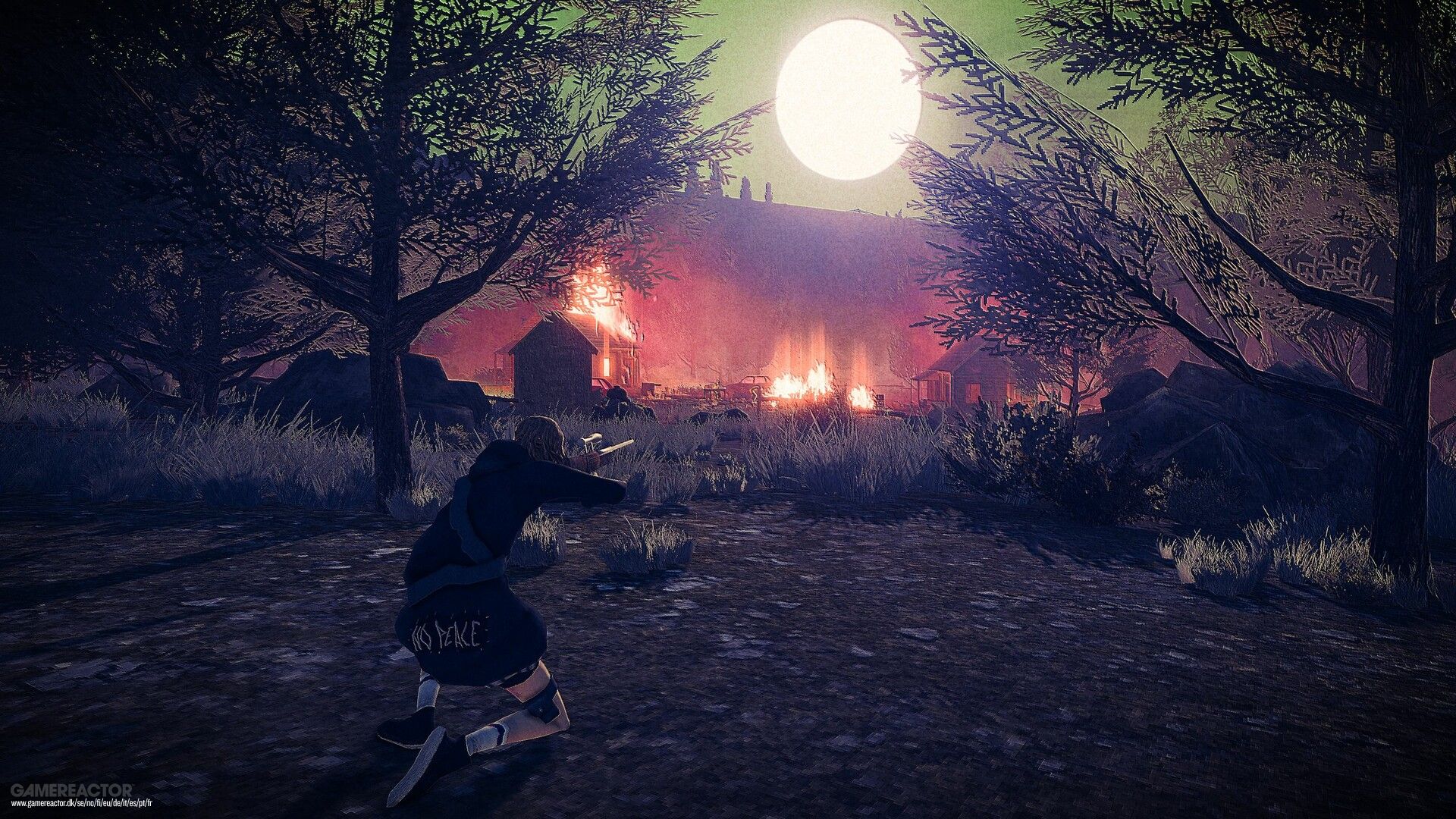Not long ago we posted a review of Pepper Grinder here at Gamereactor, and to broadly summarize that article (which is worth a look): The game’s central gimmick is quite entertaining, but the game insists on it due to a relatively unique focus In the end, a mechanic proves to be an obstacle.
That’s pretty much the same thing I can say about Children of the Sun, and while this exciting puzzle game has a lot to offer both narratively and structurally, it’s the emphasis on a particular gameplay loop that makes or breaks it is suitable for you.
Now, what is this unique focus? In Children of the Sun, you are an emotionally scarred former cult member lured by an enigmatic but persuasive leader’s promises of religious liberation and eternal salvation. But after your personal mentor is injured, you decide to take revenge on the cult members. And yes, you also have superpowers that allow you to manipulate objects. This means that you are particularly skilled with a sniper rifle, as you can manipulate the projectile even after a direct hit, quickly sending an entire group of evil cult members to their graves.
Advertising:
What does this mean mechanically? Each individual level (there are about 25) consists of a series of enemies that circle around you (movement is limited to moving left or right) and tag you. Once you’re ready, fire your first shot and when it hits the target, you’re allowed to plan a new direction in slow motion. The way to achieve this is to kill all enemies with a single projectile. There are exceptions here, as the game allows you to select a bird as a target, which will allow your projectile to fly upwards and regain visibility, and you can also aim at the gas tank of a parked vehicle. The point is that the game is constantly expanding the methods available to you, but the relatively simple premise of the game is that you must solve the puzzle in front of you and calculate the exact overall trajectory of the projectile that will result in the loss of all members of the cult to her Life.
It sounds simple and in practice it is exactly that. There is no doubt that the game is peppered with a lot of design to enliven the premise and the gradually developing story that tells us about the enigmatic leader of the cult, the terrible manipulation of his members and your gradual understanding of the atrocities. The events around you are effectively told through relatively static visual effects. Additionally, there is a raw, unsweetened, almost demake art style that blends well with the rest of the Devolver output. It’s exactly the same lo-fi aesthetic that dominates today’s indie hits, from Buckshot Roulette to Iron Lung, and it works. Combine that with a raucous soundtrack consisting mostly of pulsating sounds and you’ve got a pretty polished package that appeals to the senses in a pretty direct way.
A fairly affordable introductory price, a simple structure that allows for mechanical quirks, and a well-finished aesthetic: what’s not to like? Well, like some indie games – and this is where the Pepper Grinder comparison is helpful – there is a slight disconnect between the mechanical variety, the number of active systems, and the overall length of the game, which is often summarized as “rhythm.” “Children of the Sun” isn’t exactly long, and if you don’t get stuck in one particular part you can finish it in a few hours, but before that I found myself longing for something more, something different, several times. Maybe a simple metasystem or two that allows me to customize my specific sniper rifle between missions? Maybe the enemies could spot me if I were careless? I’m not a game designer, but the experience was somewhat unique and not always in a good way.
Advertising:
Of course, as always, one could turn things around and praise developer René Rother for designing a very specific mechanical and structural framework and then wanting to focus the gameplay within it rather than constantly expanding it. That’s absolutely true, and for leaderboard purposes there’s certainly room for a strong community that wants to complete scenarios as quickly and efficiently as possible. But for those of us who have played the games once, it’s pretty easy, even if what you do is entertaining.










